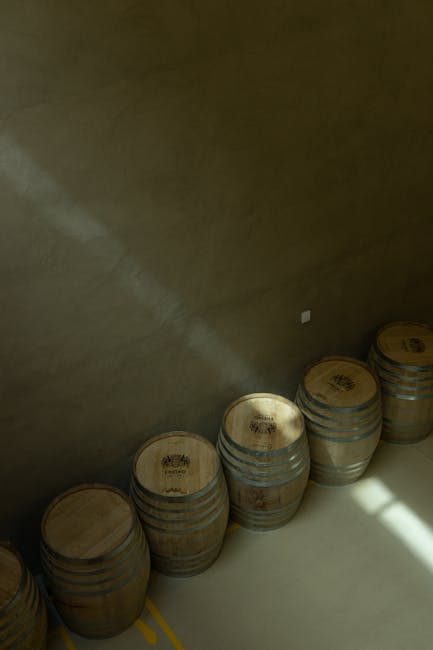The DNA Data Storage Alliance, a SNIA Technology Affiliate, governed by industry leaders, including Catalog Technologies, Inc. (https://catalogdna.com/), Quantum Corporation (NASDAQ: QMCO) (https://www.quantum.com/en/), Twist Bioscience Corporation (NASDAQ: TWST) (https://www.twistbioscience.com/) and Western Digital (NASDAQ: WDC) (https://www.westerndigital.com/), today announced the release of its first specifications, which define a recommended method for storing basic vendor and CODEC information within a DNA data archive. The CODEC provides the required conversion from digital information to DNA and DNA to digital information.
Unlike traditional storage media such as tape, HDD, and SSD, DNA does not have a fixed physical structure, a built-in controller, or a way to address different regions of the media linearly, and thus needs a mechanism to start reading or “booting up” a DNA archive that does not rely on such a structure. The SNIA DNA Archive Rosetta Stone (DARS) working group, one of four working groups in the DNA Data Storage Alliance aimed at defining standards for DNA data storage systems, has developed two specifications to enable archive readers to find the sequence to begin booting up the data.
The two specifications are Sector Zero and Sector One. The Sector Zero specification defines the minimal amount of information needed for the archive reader to identify the CODEC used to encode Sector One, as well as a pointer to the company or organization that synthesized or “wrote” the DNA. This information enables the reader to access the data in Sector One and identifies the CODEC used for the main body of the archive. The Sector One specification includes information such as a description of contents, a file table, and parameters to transfer to a sequencer.
“A key goal of the DNA Data Storage Alliance is to set and publish specifications and standards that allow an interoperable DNA data storage ecosystem to grow,” said Dave Landsman, of the DNA Data Storage Alliance Board of Directors. “With the publishing of the Alliance’s first specifications, we take an important step in achieving that goal. Sector Zero and Sector One are now publicly available, allowing companies working in the space to adopt and implement.”
About the DNA Data Storage Alliance
The DNA Data Storage Alliance was formed in October 2020 with the mission to create and promote an interoperable storage ecosystem based on manufactured DNA as a data storage medium. The Alliance is achieving its mission by: 1) educating the storage ecosystem and the public on this emerging technology; 2) identifying key technical challenges in the underlying technologies in order to drive funding and research which facilitate commercialization; and 3) developing standards and specifications (e.g., encoding, physical interfaces, data retention, file systems) that enable the emergence of an interoperable DNA data storage product ecosystem. Follow the DNA Data Storage Alliance at https://twitter.com/DNADataStorage, https://www.linkedin.com/company/dna-data-storage-alliance/, and at www.dnastoragealliance.org. In 2022, the Alliance joined SNIA as a Technology Affiliate.
About SNIA
SNIA is a not-for-profit global organization made up of corporations, universities, startups, and individuals. The members collaborate to develop and promote vendor-neutral architectures, standards, and education for management, movement, and security for technologies related to handling and optimizing data. SNIA focuses on the transport, storage, acceleration, format, protection, and optimization of infrastructure for data. Learn more at www.snia.org.
